Last March, when you sat down each night to watch four episodes of Tiger King, you didn’t think that the music festival you had tickets for in May would be scratched. And then in May, as you sat down each night to binge The Last Dance, you certainly couldn’t have imagined that you’d be putting on your warmest base layer to go out to eat in a plastic pod this winter.
Now, even with the hope that science will rescue society as we know it, we are looking at a full 12 months since COVID-19 burst into our lives.
The pandemic has affected everything we do, including the way that we recreate—and the volume at which we use the great outdoors. Doctors and scientists are in accord that being outside at a responsible distance is relatively safe in terms of transmission. That guidance, amplified by international travel restrictions and general wariness, has put more domestic pressure on public playgrounds, driving legions of Americans from stadiums, gyms, malls, airports and concert venues and into Mother Nature. And the increase has only pushed those already entrenched in the outdoor lifestyle deeper into the backcountry and father from shore.

“The coronavirus outbreak has shown just how much people value their parks, trails, forests and waters,” says Mark Wenzler, National Parks Conservation Association’s senior vice president of Conservation Programs. “We’ve absolutely understood people’s desire to get outdoors and into their national parks to seek out physical activity and emotional healing. But it is also important to remember that this is unlike any other time and visitors should prepare themselves for that new reality.”
Though the usage surge is unprecedented, there was already an upswing in travel and outdoor recreation before 2020. American purchasing preferences were shifting to favor experience over material items in recent years, aided by a healthy economy. The pandemic, which drove people out of cities into more open areas, only accelerated the get-out-there movement. When many of the areas where we hike, climb, fish and paddle took down the chains to the start last summer (following spring closures to national parks, beaches and marinas) by and large, outdoor resort areas were booming.
“At first, a lot of beaches were closed,” remembers Sean Smith, Executive Director of the Surf Industry Manufacturer’s Association, “But as long as people were self-regulating, it was pretty safe. So, people started going to the beach. They were in the water more. They could feel the salt air in their lungs and they realized how therapeutic it is. That’s something we already knew as surfers.”
The outdoor world had to adapt to both added pressure and precaution. But whether it meant boom or bust, everyone impacted directly (or indirectly) has had to learn on the fly.
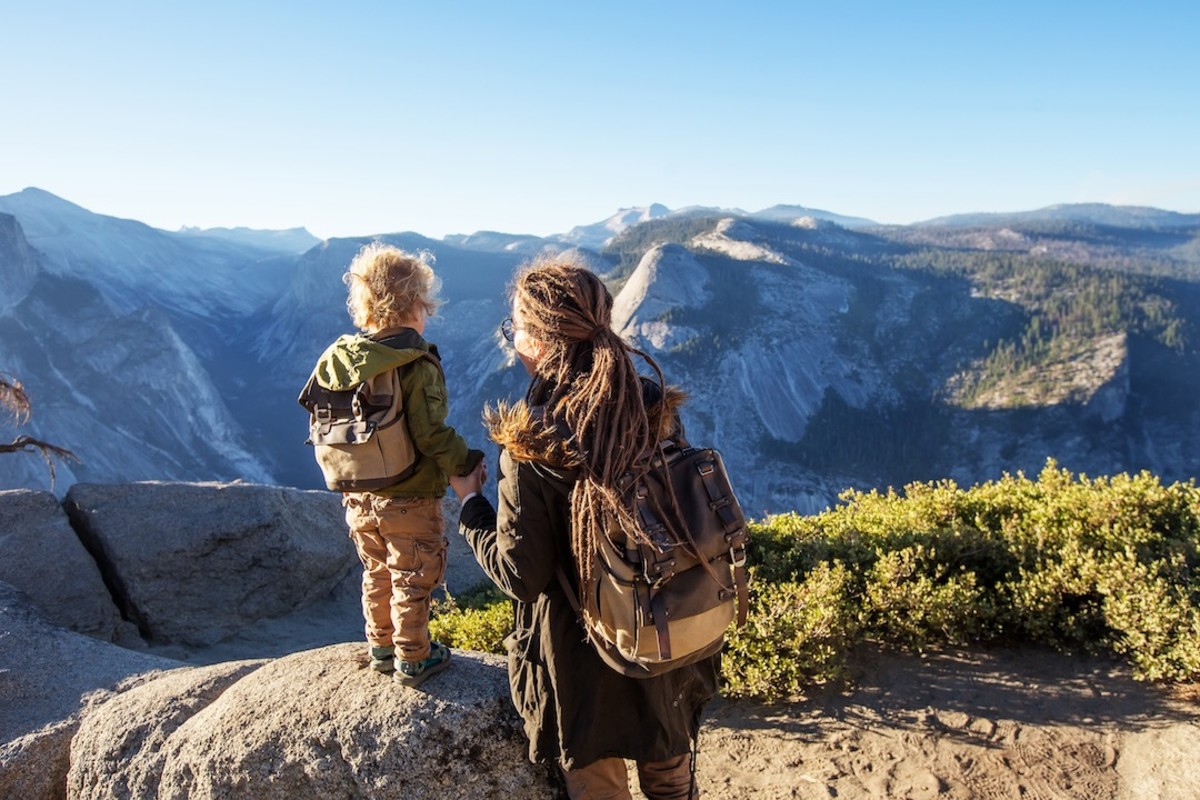
“We believe the National Park Service has done the best they could, managing parks and protecting visitors and staff during this pandemic with what little direction and resources they were given by the previous administration,” offers Wenzler, “The Interior Department under Secretary Bernhardt’s leadership offered very little guidance to park managers, provided no national coordination to address the challenges parks are facing, or helped educate the public on the limitations they will experience when visiting a national park at this time.”
Without overarching direction or guidance, organizations aimed to alter the social-pastime aspects that we associate with our beach, mountain and woods activities, rather than the actual activity itself.
“The focus has gone back to the outdoor piece of recreation. We’re continuing to see that the social activities around recreation are what create the hot spots,” says National Ski Areas Association Director of Marketing and Communications Adrienne Saia Isaac. So, we’re focusing people back on the soul of skiing, riding, tubing, or all these other things we do outside.”
BACKYARD ADVENTURE
Last April, air travel was down 98 percent. It’s still down 60 percent. But for a year that no one is traveling, it appears that pretty much everyone is traveling. We’re just doing it differently.
Indonesian surf charters were scrapped and no one was booking that dream trip to the French Alps this winter. Instead, we’ve been heading to places where we can enjoy being outside, often on a beach or trail, that we don’t have to fly to.
VRBO.com reported a 40 percent increase in trips booked within 100 miles of people’s homes. A VRBO report released last year stated there was a notable increase in searches for, “traditionally strong vacation rental markets such as beach and mountain destinations within driving distance to major cities on the East Coast and in the Southeast.”
The flexibility of working and schooling online allowed us more opportunity to get out there. The Recreational Boating and Fishing Foundation reported an estimated 17 million new consumers out on the water in 2020. New Jersey towns reported record beach badge sales.
Our weekend getaway spots became long-term havens. We found new hills and waters close to home. And in some cases, where we were no longer tethered to a physical office, we enjoyed more time in our beloved open spaces.
The National Ski Areas Association doesn’t tally numbers until after the season, but Isaac has noted the situation anecdotally.
“I am seeing that people are skiing and riding close to home,” she explains. “Obviously, that’s going to impact the destination resorts that rely on international travel. But the drive market—places like the Poconos, the Front Range of the Rockies and the Sierras are having quite a year. They may not be making record revenues with the loss of ancillary activities like restaurants, entertainment and après-ski, but they are seeing a huge shot of visitors.”
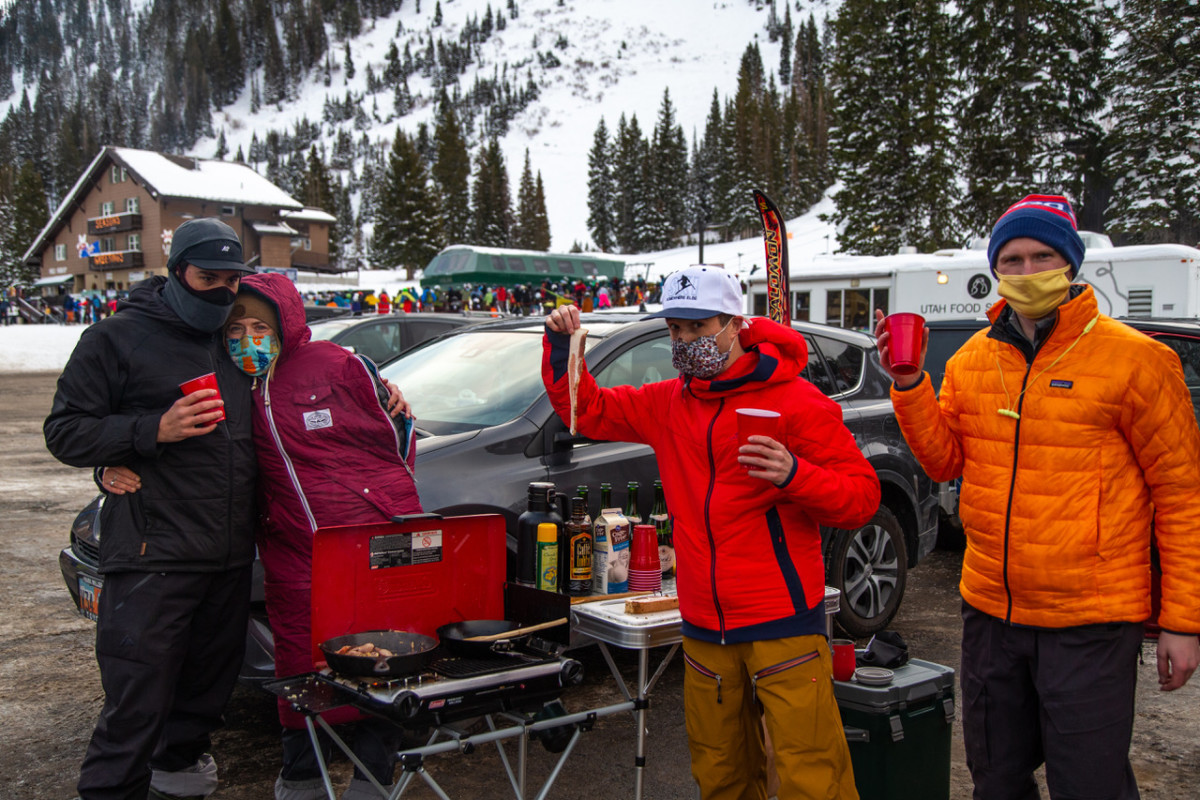
THE NUMBERS
A standup paddleboard can be a tough sell. Transporting and storing a 12-foot sporting good is a challenge for any consumer. But in 2020, according to the retail tracking service NPD Group, standup paddleboards (not a cheap item) saw an 87 percent increase.
The National Parks Conservation Association noted that many of the most iconic national parks either met or surpassed previous attendance records.
“Despite a slower start to the summer busy season in Yellowstone, the park saw more than 360,000 visitors in October 2020, making it the busiest October on record,” Wenzler explained. “Zion also experienced record visitation in September 2020.”
He added that the Great Smoky Mountains reached near-record visitations, despite being closed for 47 days last spring.
You didn’t need any deep economic research to know how Americans who retained some disposable income took to recreating. While many sectors of the outdoor economy suffered deeply (think: services), countless manufacturers who provide hard goods boomed. You couldn’t buy a boat. You couldn’t buy an RV. You maybe waited months to buy a bicycle. And while some of that (specifically bikes) can be attributed to supply slowdowns, it mostly had to do with everyone wanting to get the hell outside after months of couch time.
Boat sales last May and June were up 30 percent.
“Sales across all boat categories continue to climb, and we expect the year to close with more than 310,000 new powerboats sold in 2020—levels the industry hasn’t reached since before the Great Recession in 2008,” said Vicky Yu, National Marine Manufacturers Association director of business intelligence in a report released by the group.
Any kind of outdoor sporting equipment from surf leashes to tents to skis have been selling better than a year earlier, and in some cases selling through to a point where the bicycle or kayak racks were empty.
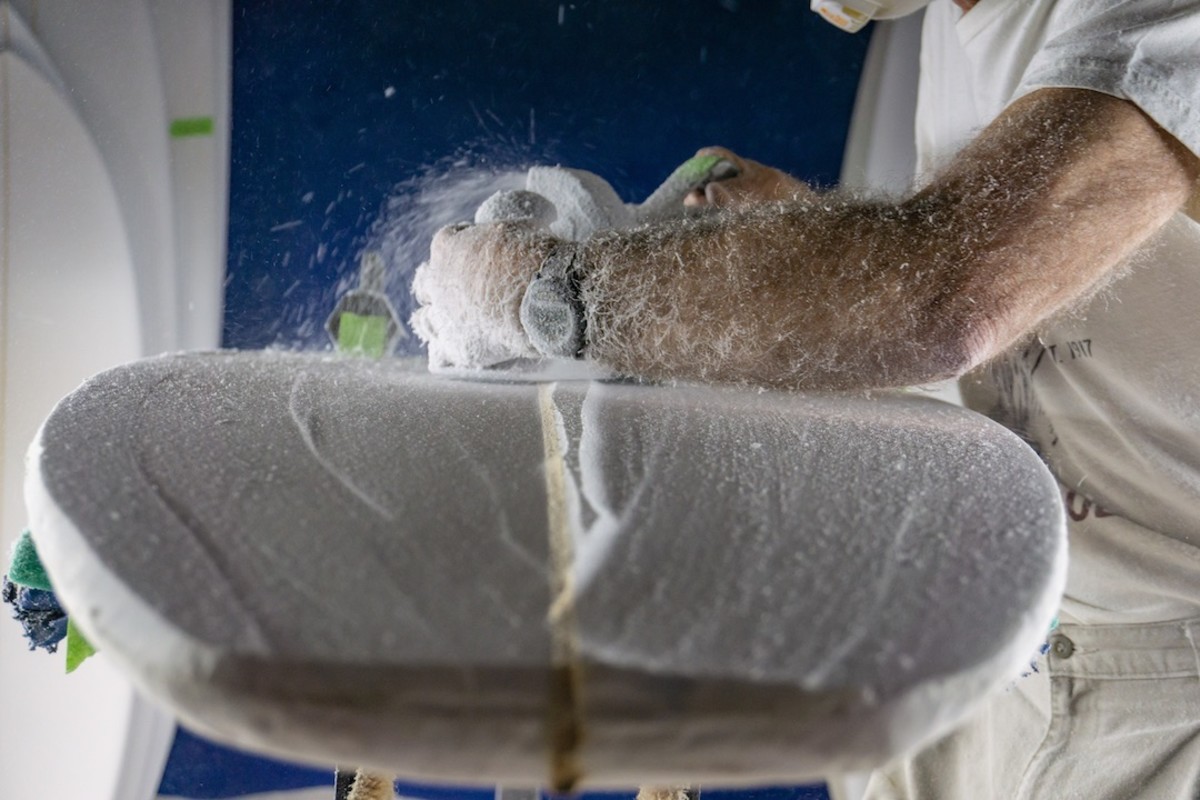
“Surfboards and accessory sales were through the roof the last year,” says Smith, noting how tough the spring restrictions were on retailers in particular. “But once they were able to open up, anything near the beach towns did really well—it was definitely a great year to be a surfboard shaper. Apparel sales were lagging because people weren’t going out. They didn’t have a reason to buy new clothes. But even that flipped for the second half of the year. For people doing school or work online, they wanted surf apparel. They want to be comfortable at home.”
And this winter, that trend has not slowed. As COVID cases started to climb last fall and indoor options are again limited, people are heading outside in huge numbers. In areas where ski resorts have rationed lift ticket sales out of safety, or folks just don’t want to be breathed on in lift lines, some are simply looking deeper into the wilderness.
“We have seen a big increase in backcountry, Nordic and snowshoe, as people are looking for alternatives to going to a ski resort,” reports Colleen Nipkow, director of marketing and communications for Snowsports Industries of America, which annually tracks U.S. retail sales from August through March every season—noting backcountry accessories up 295 percent over the same period last year, with backcountry splitboards up 181 percent.
Isaac adds that year after year, the Number One driver in getting people to mountain resorts has been snowfall.
“But even for areas that had a slow start to the season for snow totals,” Isaac adds, “there was just a huge demand to ski and ride. People just wanted to get out.”
THE TRAIL AHEAD
Though there are signs we have hit the peak, the U.S. is still currently on fire as far as infection rates. There were several days with over 4,000 COVID deaths in January. As for immediate safety, the National Parks Conservation Association sees reason for hope.
“President Biden hit the ground running with a Day-One Executive Order requiring masks and physical distancing in all federal buildings and on all federal lands,” says Wenzler, a uniform standard he says “will protect staff and visitors alike.”
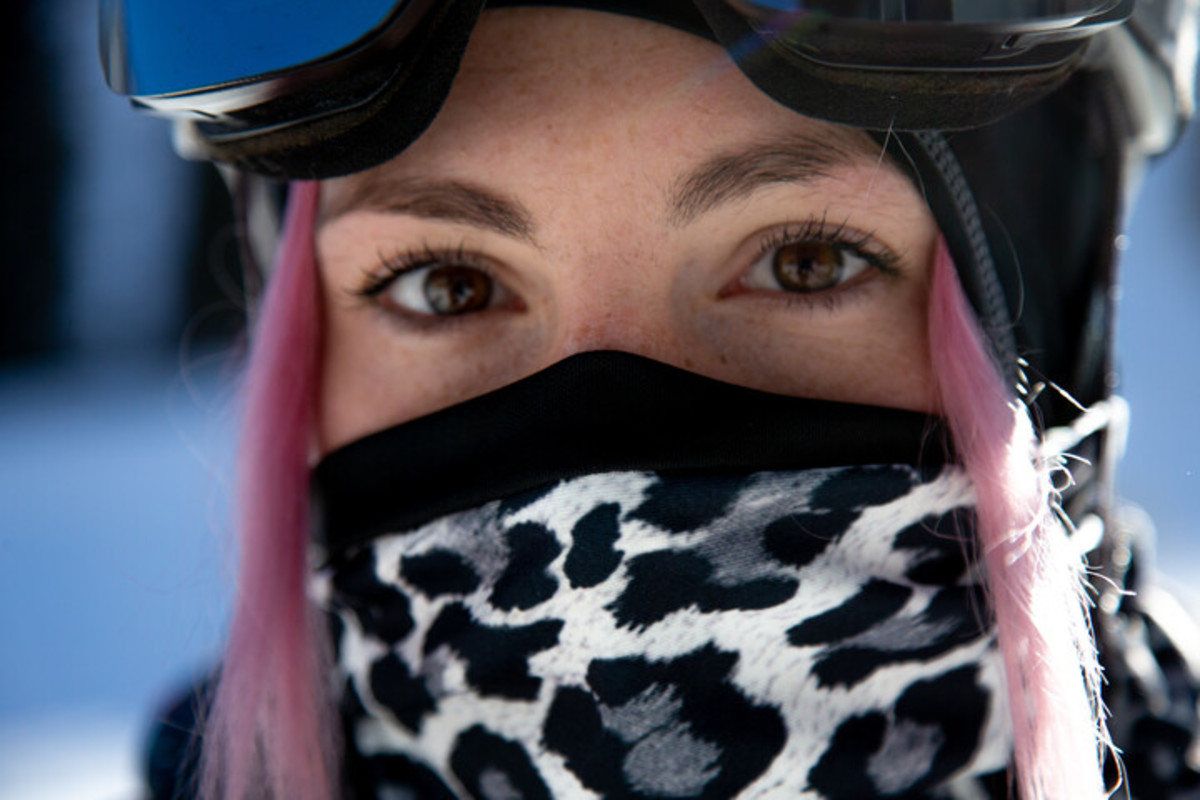
Hoping the vaccine is effective in protecting us before one of the many variants of the virus runs through the population, many point to summer being a turning point and a life that feels much safer next fall. The question is: Will Americans maintain their current passion for the outdoors when the world goes back to a more normal feel?
“People got outside and they felt healthier,” said Sean Smith. “Now I don’t think that people are going abandon pro sporting events and concerts, but it’s going to take people time to feel comfortable again.”
As every outdoor sport and region of the country has drawn more people outdoors, we see a good number of them are first-timers. Many are not the traditional suburban family or young professionals that you’d see on mountain bikes or fishing boats. In addition, there was also a monumental push for equality in the midst of the pandemic, which has made a lot of people in the outdoor world really rethink diversity, as well as equity in opportunity. Wenzler says that the pandemic has exposed disparities in access to parks and green spaces for vulnerable communities. They are calling on the new administration to ensure more equality in the outdoors, no matter where they live.
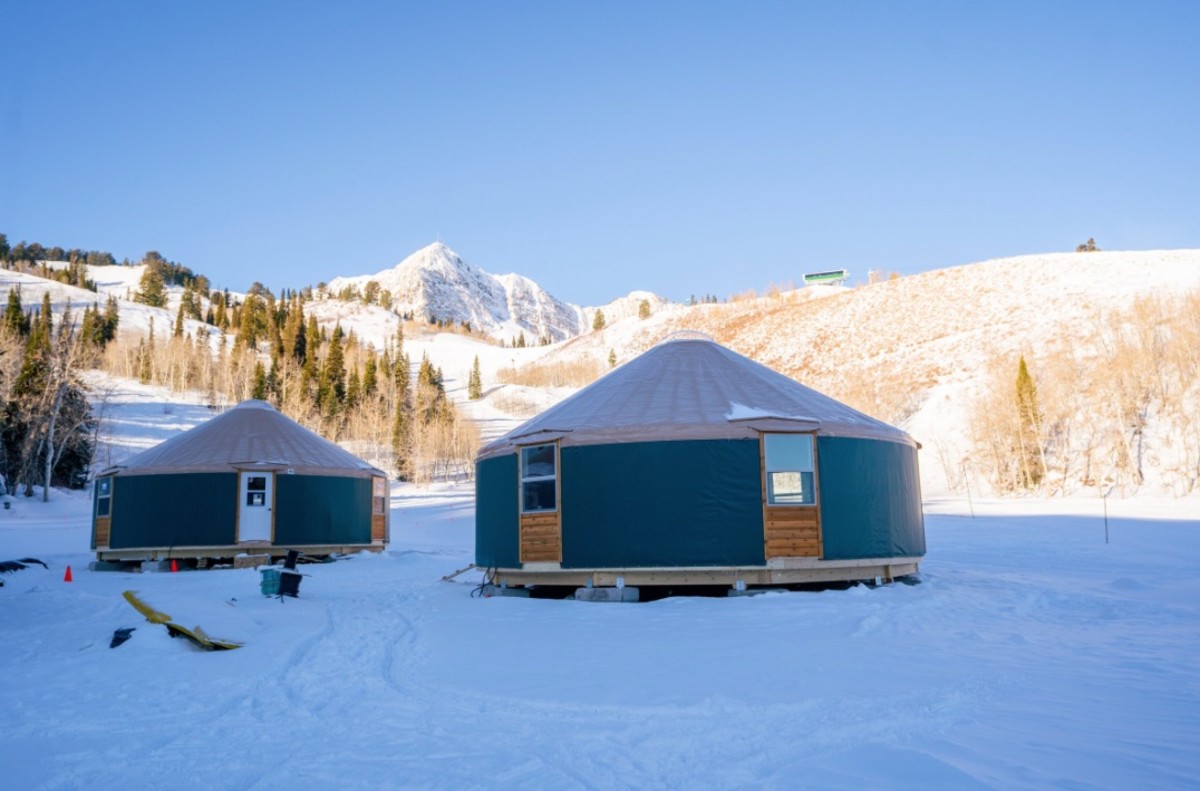
As far as the newcomers go, backpacking trips, standup paddling or snowboarding may become part of their lifestyle moving forward. Smith noted that with regard to the surf industry, beginners were buying gear online, which took out the intimidation factor of going into a surf shop. Hopefully, they’ll stay converted. Numbers show that the snowsports industry in particular is dependent on lifelong skiers or snowboarders.
“Will these people stay engaged?” asks Nipkow, “While we don’t have anything solid to point to that, it is the responsibility of the winter outdoor industry to make these new participants feel welcome, so they continue to stay engaged for the rest of their lives.”
But what’s “good for the industry” overall isn’t always great for those dedicated to the lifestyle long before someone ate a bat in China. For those rooted in the outdoors, trying to navigate a group of college kids taking up the entire width of a switchback, or another adult learner ditching his or her soft-top in the impact zone of an already-crowded lineup, the pandemic newbie is not exactly a reason to celebrate. OK, so Nordic ski gear is up 54 percent … What good does that do for a couple in Montana who purchased their house because of accessibility to less crowded terrain?
SIA noted an immediate increase in pressure on the backcountry last March and April when the ski resorts closed. There were inexperienced folks hiking for snow without safety awareness. And that could have put increased pressure on local hospitals or search and rescue groups during a pandemic.
“We have seen a lot of newcomers out there,” admits Smith, “which is always a double-edged sword. It’ll take industries educating people and teaching them common sense whether that’s in the water or on a trail.”
For those who wish to see a more diverse outdoor world, this is good. Inclusivity helps the industry and is beneficial for the protection of our open spaces. More folks who find the magic of riding waves or snow means more votes for the environment.
“If you teach someone to love a place, they’ll want to protect it,” offers Isaac, “And that’s invaluable to the future.”
from Men's Journal https://ift.tt/3aEZ12t

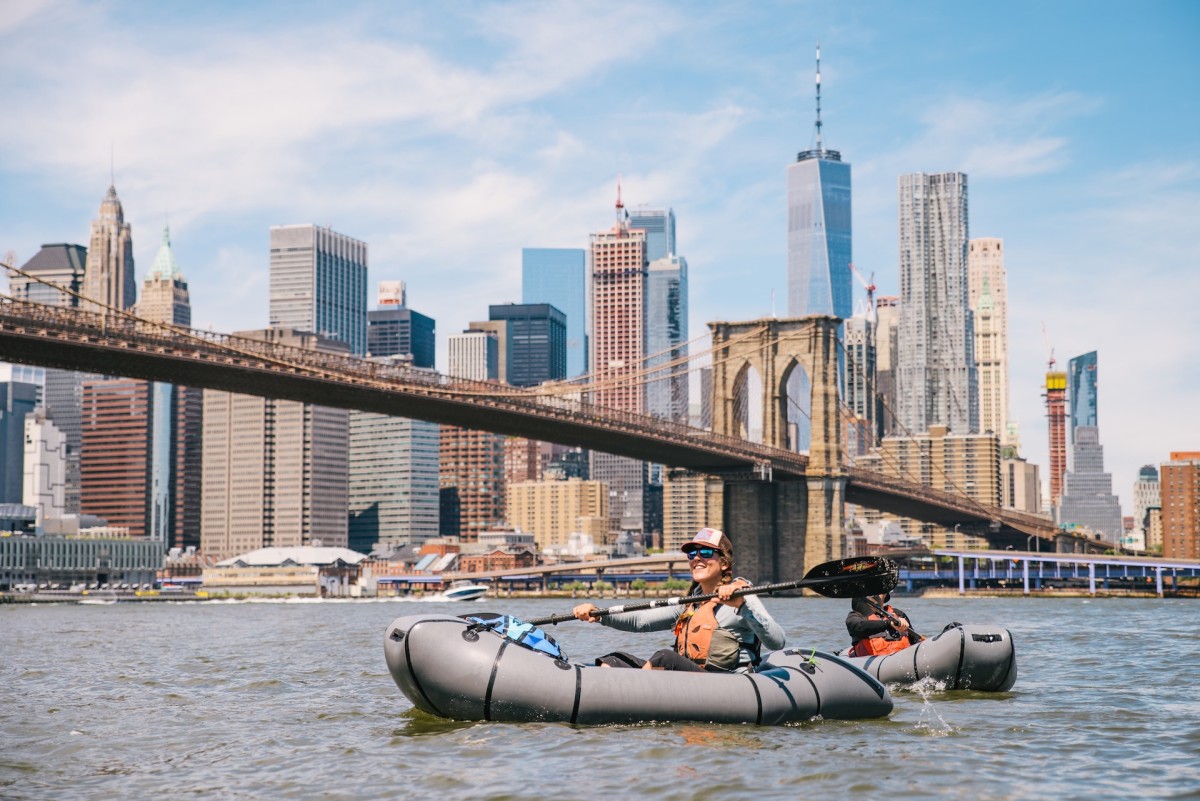






0 comments